Camera Settings Tips: Master Your Camera for Stunning Photos
Understanding camera settings is essential to capturing beautiful, high-quality images in any situation. From aperture to ISO, each setting can dramatically impact your photos. In this guide, we’ll cover essential camera settings and offer tips to help you get the best results every time.
Essential Camera Settings Explained
1. Aperture
Aperture controls the amount of light entering the lens and affects the depth of field in your images. A wide aperture (e.g., f/2.8) lets in more light and creates a shallow depth of field, ideal for portraits. A smaller aperture (e.g., f/11) increases depth of field, perfect for landscapes.
Tip: For blurred backgrounds in portraits, try a wide aperture like f/2.8. For sharper images in landscapes, use a narrower aperture like f/11 or higher.
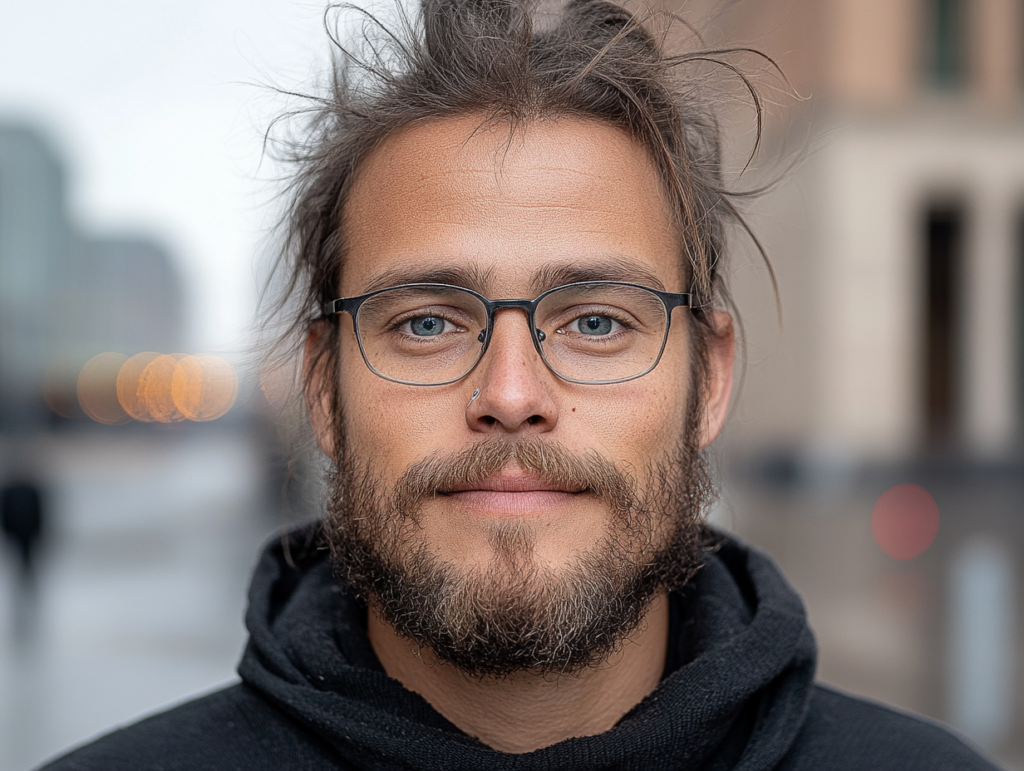
2. Shutter Speed
Shutter speed determines how long the camera’s sensor is exposed to light, affecting motion blur. A fast shutter speed (e.g., 1/1000s) freezes action, while a slower speed (e.g., 1/30s) captures motion blur.
Tip: For sports and action photography, use a fast shutter speed to capture sharp details. To create motion blur in water or light trails, try slower shutter speeds and use a tripod.
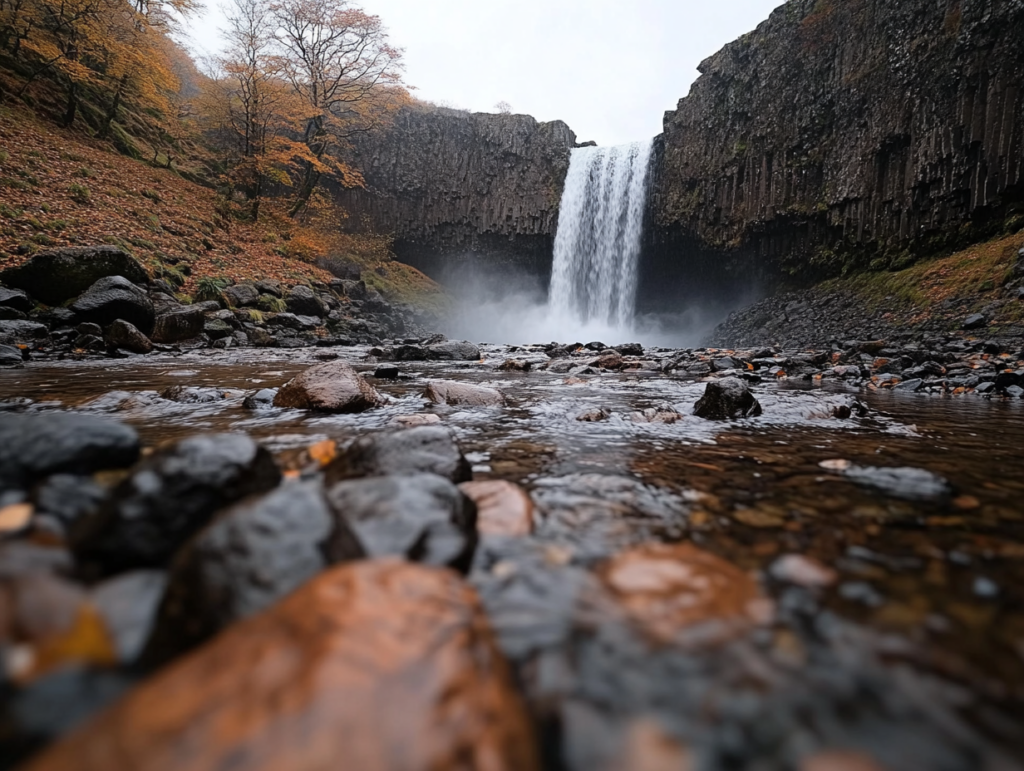
3. ISO
ISO adjusts the sensor’s sensitivity to light. A lower ISO (e.g., 100) results in cleaner images with minimal noise, while a higher ISO (e.g., 1600) is helpful in low light but may introduce noise.
Tip: Use the lowest ISO possible for clearer images. When shooting in low light, increase ISO as needed but watch for noise.
4. White Balance
White balance ensures accurate colors in different lighting conditions. Adjusting white balance helps prevent unnatural color casts caused by varied lighting sources.
Tip: For indoor photos under warm lights, try a “Tungsten” or “Incandescent” setting. For daylight photos, use the “Daylight” or “Sunny” setting for natural color.
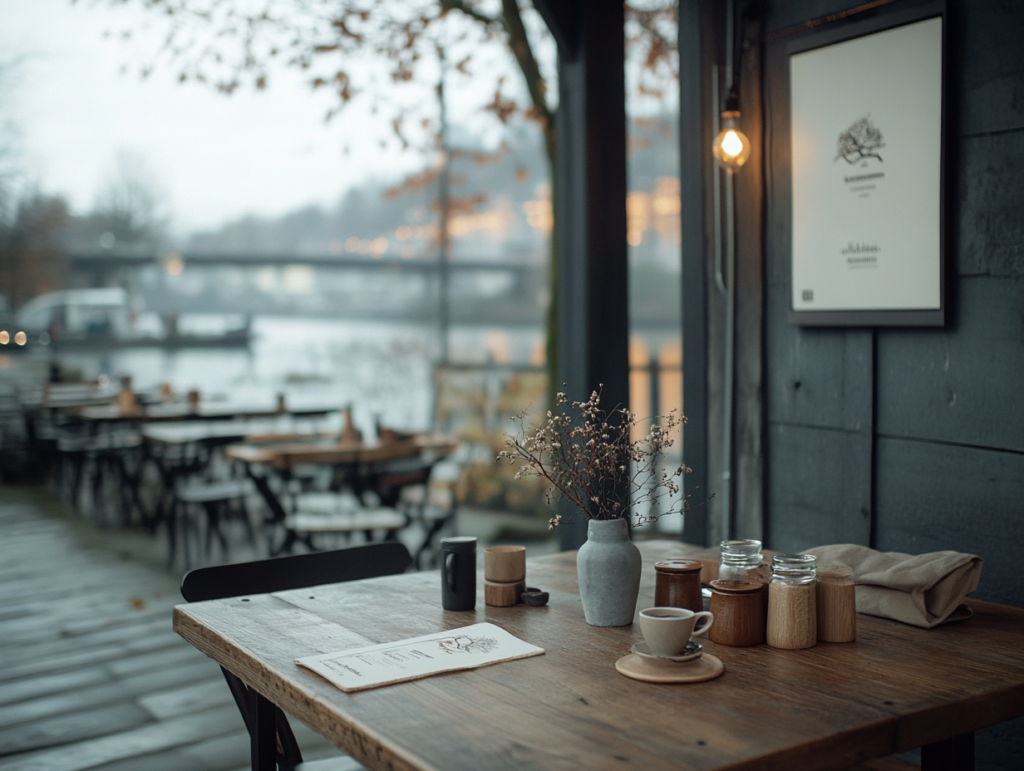
Common Camera Settings Scenarios
Portrait Photography
For portraits, use a wide aperture to create a soft background blur, bringing attention to the subject’s face. Set ISO to its lowest setting for cleaner skin tones, and use eye autofocus if available to ensure sharp focus on the subject’s eyes.
Landscape Photography
In landscapes, a narrow aperture (e.g., f/11 or f/16) ensures sharpness from foreground to background. Keep ISO low to capture fine details without noise, and consider using a slower shutter speed with a tripod for added stability.
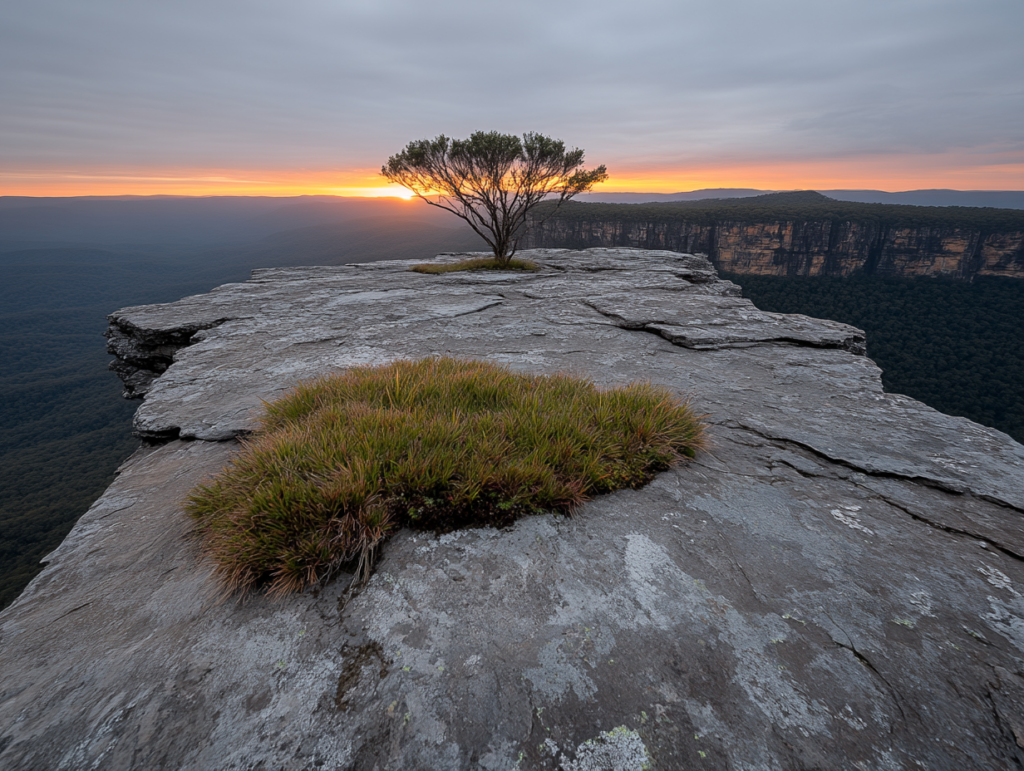
Action Photography
In fast-paced scenes, a quick shutter speed (e.g., 1/1000s or faster) is essential for freezing motion. Use continuous autofocus to keep moving subjects sharp, and increase ISO if needed to maintain proper exposure with a fast shutter.
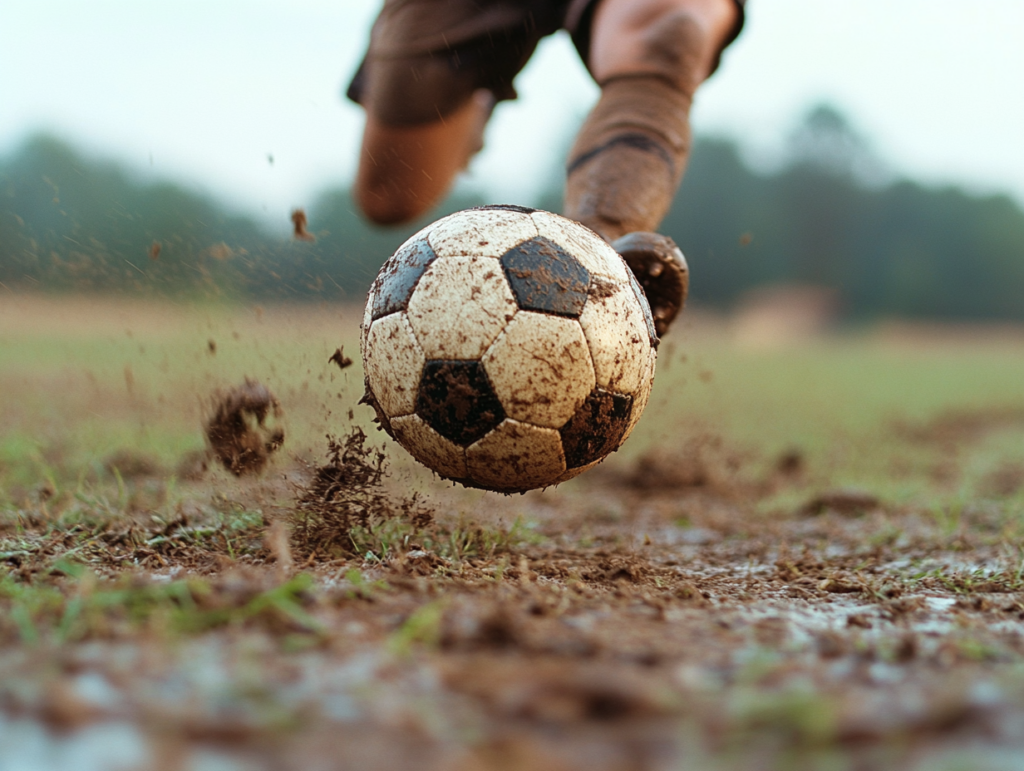
FAQs
What is the best aperture for portraits?
A wide aperture, such as f/2.8 or f/4, is ideal for portraits as it creates a shallow depth of field, making the subject stand out from the background.
When should I use a high ISO?
Use a high ISO in low-light situations where you need a faster shutter speed or narrower aperture. However, keep in mind that higher ISO levels may introduce noise.
How do I avoid motion blur in action shots?
Use a fast shutter speed (e.g., 1/1000s or faster) to freeze motion, and consider using continuous autofocus to keep moving subjects in sharp focus.
What white balance should I use indoors?
For indoor lighting, “Tungsten” or “Incandescent” white balance settings help neutralize warm tones often found in indoor environments.
Additional Resources
- White Balance Adjustments – Learn how to adjust white balance for accurate colors in different lighting conditions.
- Shutter Speed Control Guide – Discover how to use shutter speed for different effects, from freezing motion to capturing light trails.


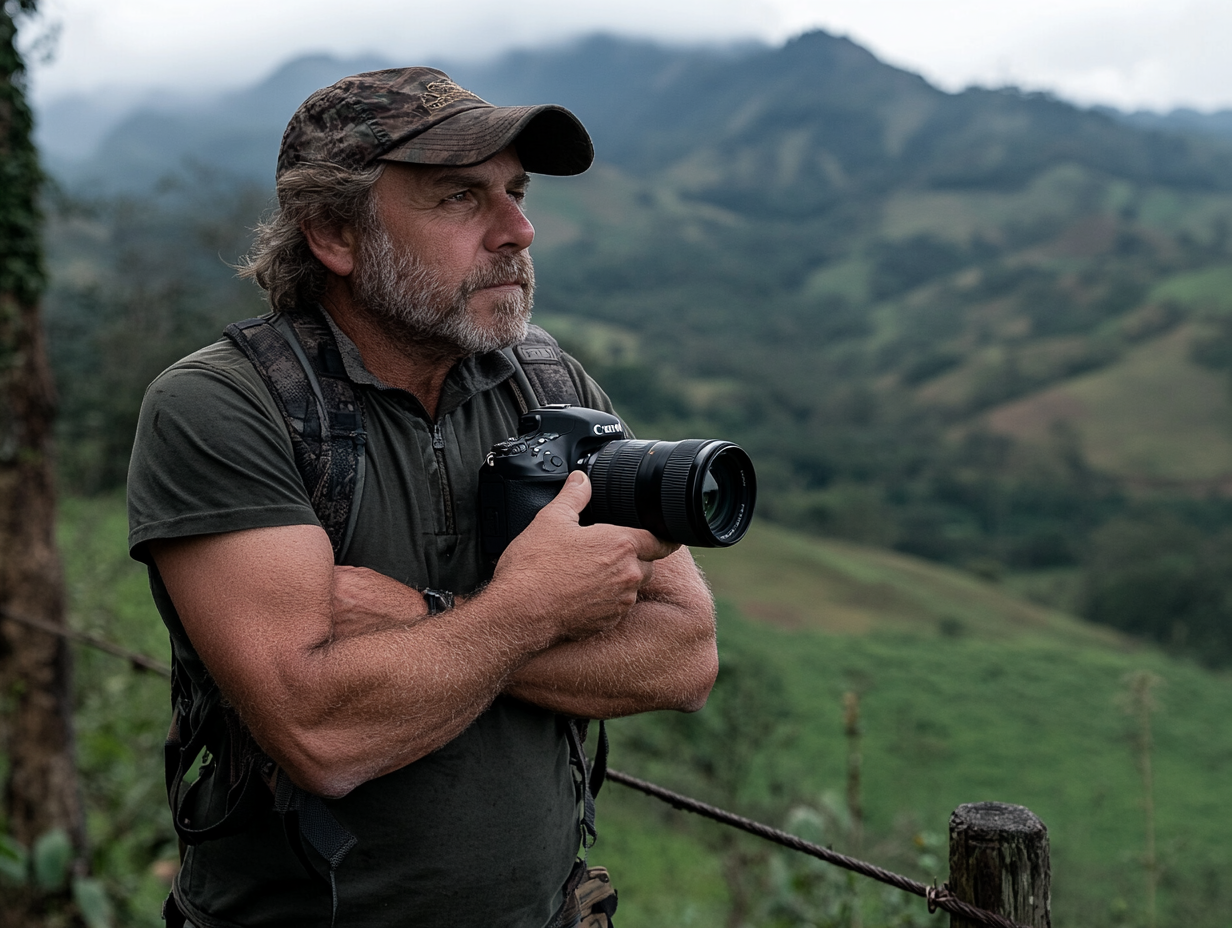
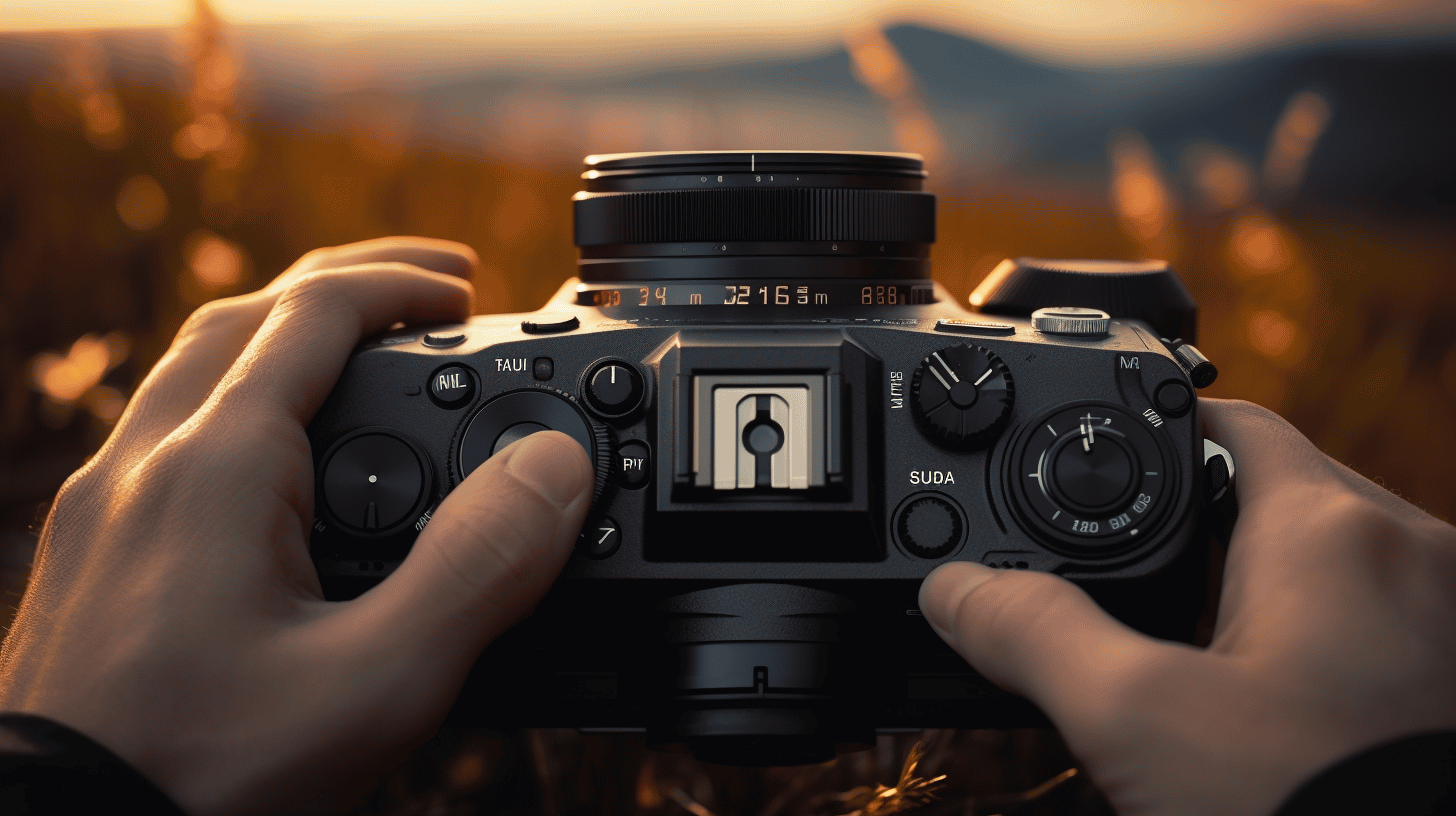
0 Comments